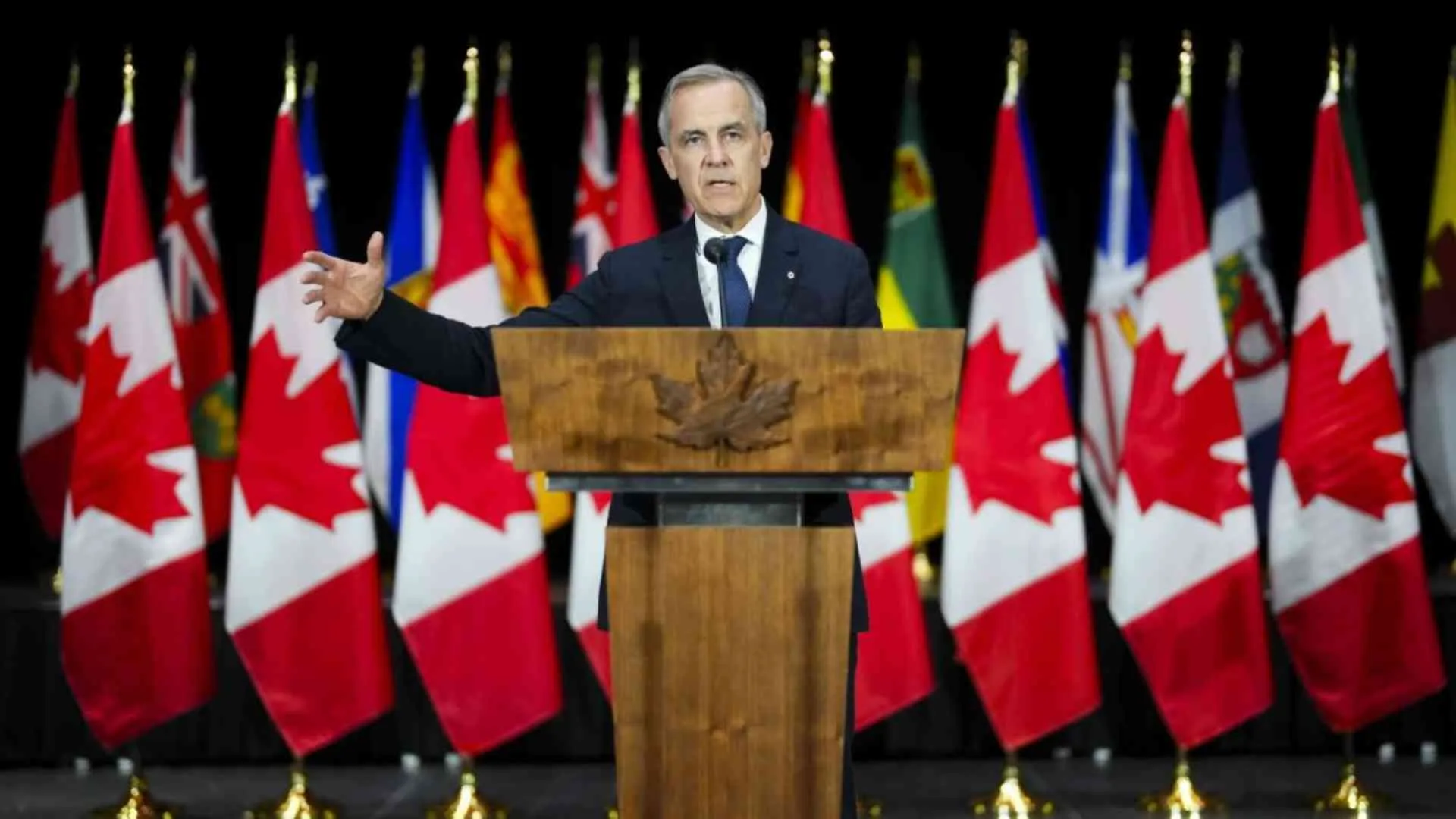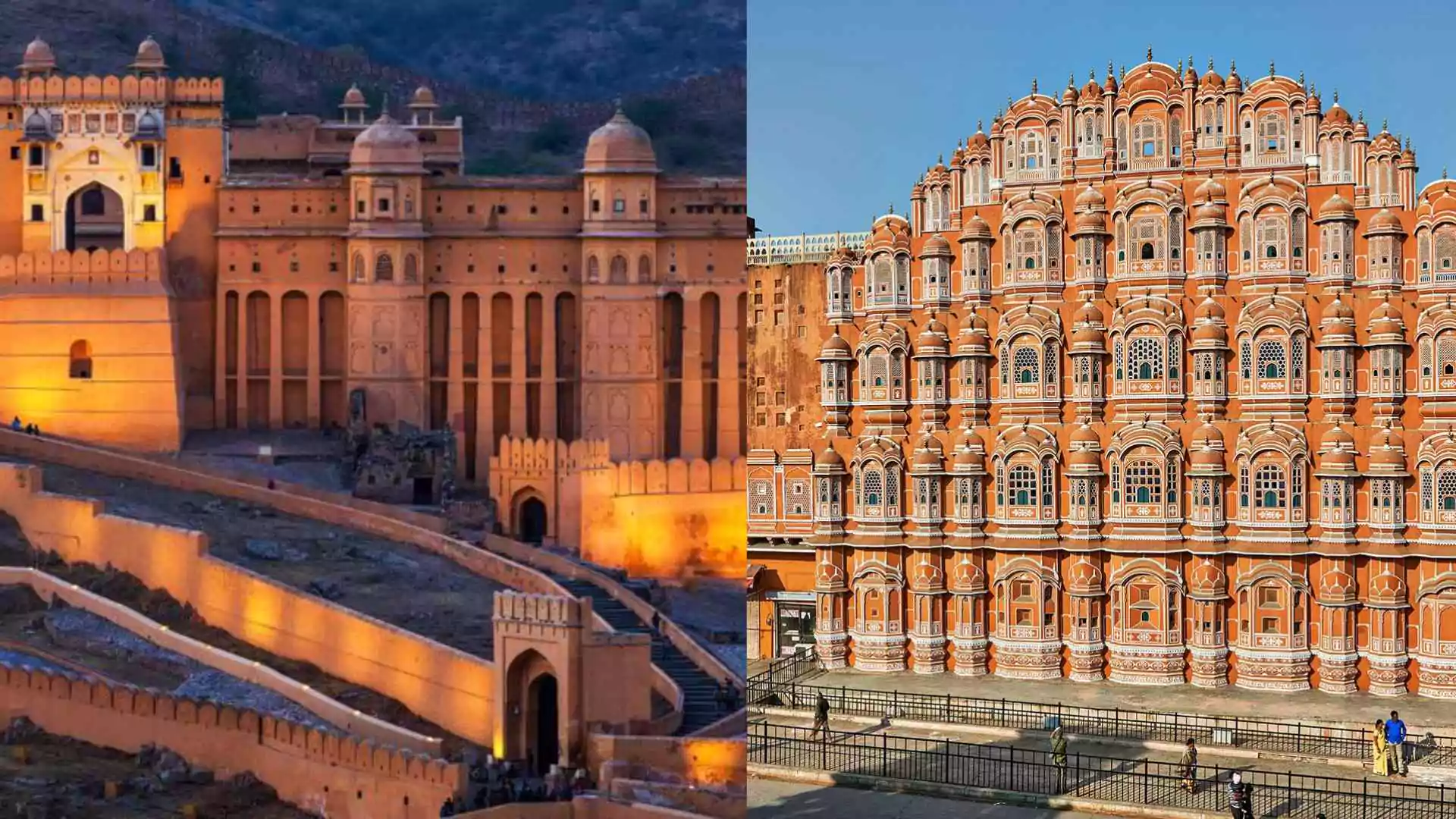Canada is approaching its 45th federal election, which is scheduled on 28th April 2025. Four major parties are competing for power: the Liberal Party under newly-appointed Prime Minister Mark Carney, the Conservative Party led by Pierre Poilievre, the New Democratic Party headed by Jagmeet Singh, and the Bloc Québécois under Yves-François Blanchet. According to recent polls, Carney and Poilievre have emerged as the frontrunners in one of Canada’s most consequential elections in decades.
The Post-Trudeau Era
The snap election called by Mark Carney on 23rd March follows nearly ten years of Liberal governance. The resigned PM Justin Trudeau’s legacy is mixed, as he implemented progressive policies on immigration, climate change, and social programs, but also left behind mounting national debt, a severe housing crisis, and deteriorating relationships with the United States, China, and India. Trudeau’s unfulfilled promise to reform Canada’s electoral system, furthermore has left disillusionment with liberal leadership.
Carney, drawing on his experience as governor of the Bank of Canada and the Bank of England, has been trying to maintain distance from Trudeau, while maintaining core liberal policies simultaneously. However, his short time as Canada’s 24th prime minister hasn’t given him much opportunity to establish his unique political identity.
The Trump Factor
Donald Trump’s protectionist policies, tariffs and explicit threats regarding making Canada the 51st American state, have forced these candidates to explain how they plan to protect national sovereignty and economic security concerns.
In recent debates held in both English and French, the candidates showed different approaches in dealing with the Trump administration. Carney and Poilievre supported countervailing tariffs and strengthening the domestic economy, although Poilievre suggested using defence spending as a negotiating tool with the Trump administration. Meanwhile, Blanchet and Singh have taken more ideological positions, emphasising Canadian and Québécois values against American cultural influence.
Leadership Credentials Under Scrutiny
The leadership record of each candidate has faced intense examination during the poll campaign. Carney, being a two-term central banker, regularly highlights his international economic expertise and experience managing crises. Blanchet, however has challenged Carney to provide examples of his diplomatic abilities, suggesting his lack of political skills required for national leadership.
Poilievre has consistently showcased Carney to what he calls Trudeau’s “lost Liberal decade.” By portraying the incumbent as Trudeau’s economic advisor and the architect of failed policies, Poilievre has tapped into voter frustration over housing affordability, rising crime, and all-time high levels of immigrants.
The China Threat
Canada’s troubling relationship with China has become a major election issue. Carney has explicitly identified China as a geopolitical threat, particularly regarding foreign interference and security concerns of Arctic routes. The incumbent PM’s vision involves diversifying Canada’s international relationships beyond the United States and China, with special focus on strengthening ties with Europe, ASEAN, and MERCOSUR nations.
This diversification approach reflects growing recognition across the political spectrum that Canada must carefully navigate between China-US strategic competition, while protecting its economic interests and democratic values.
The NDP’s Progressive-Left Vision
Jagmeet Singh has emphasized his party’s role in establishing national pharmacare and dental care programs in alliance with the Trudeau-led Liberal government. He has been projecting himself as the champion of the working class while portraying both Carney and Poilievre as working for corporations and wealthy elites.
The NDP leader has been quite consistent in highlighting Poilievre’s record as a cabinet minister in Stephen Harper’s Conservative government while characterizing it as a period of reduction in government spending, social service and fiscal contraction.
The Path Forward
As Canadians prepare to vote, they face a grappling crisis such as the Trump factor, tariffs, affordability of housing, inflation, public safety, climate change and their choice about Canada’s future direction.
Will they embrace Carney’s vision of global engagement and economic diversification or Poilievre’s promise to tackle the cost-of-living crisis through deregulation and reduced immigration? Will they support Singh’s expansion of the social safety net or Blanchet’s protection of Quebec’s distinct cultural and political identity?
The next prime minister, indeed, will inherit profound challenges at home and abroad. The affordability crisis continues to squeeze middle-class households, while Canada’s diplomatic relationships with allies and trading partners face unprecedented pressure. It is yet to be seen whether Canada can protect its national interests and safeguard its economic interests in the turbulent years ahead.






















